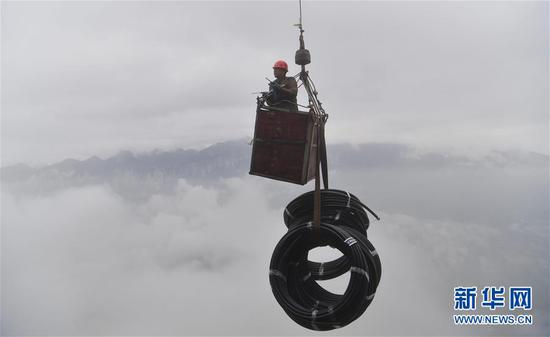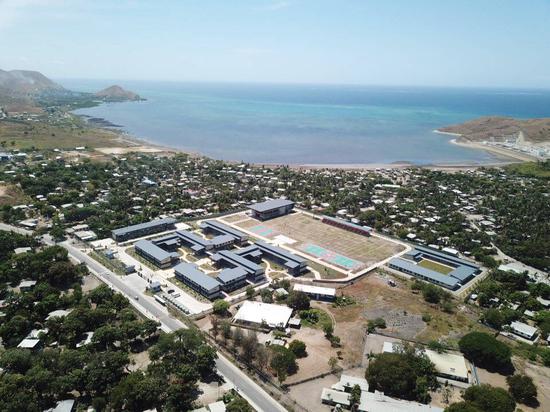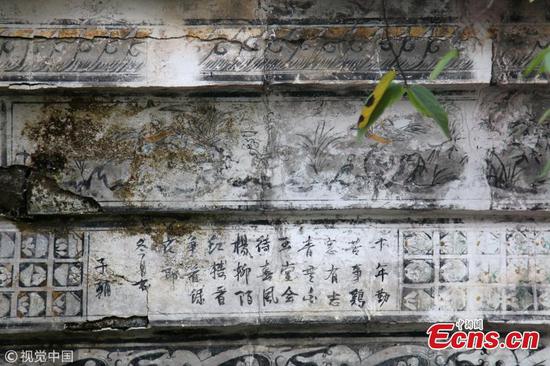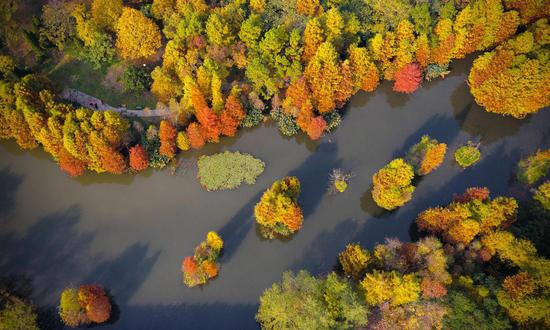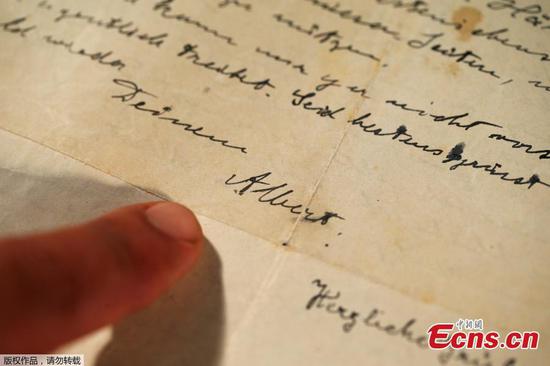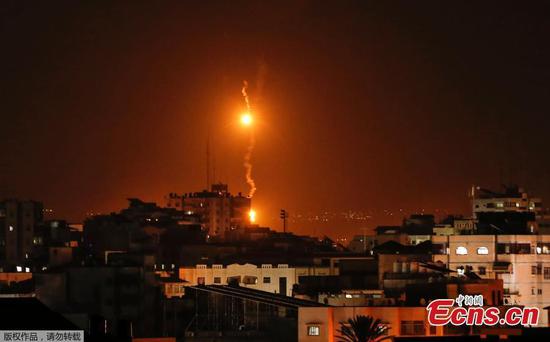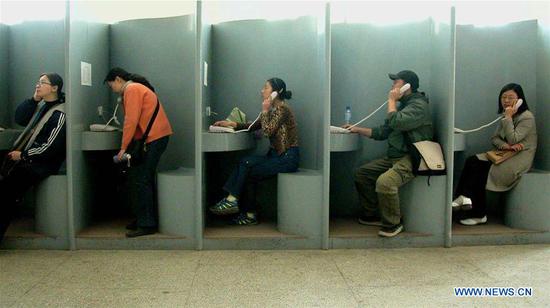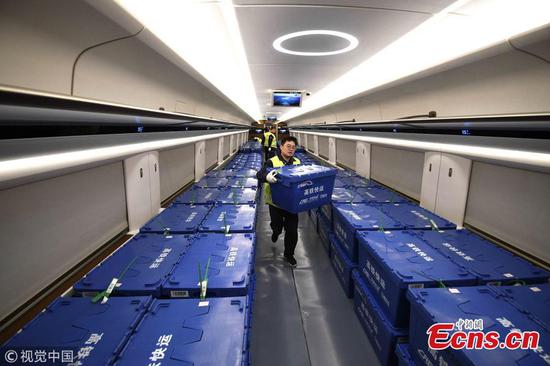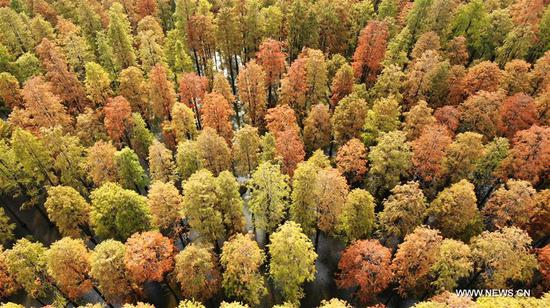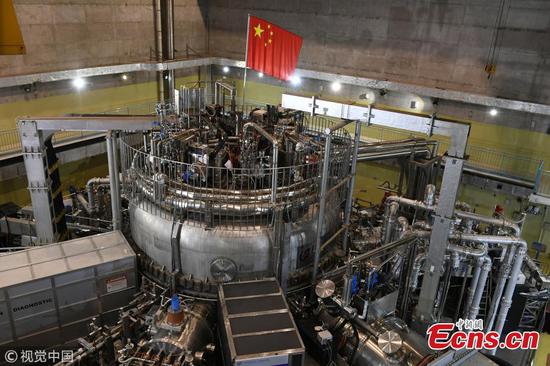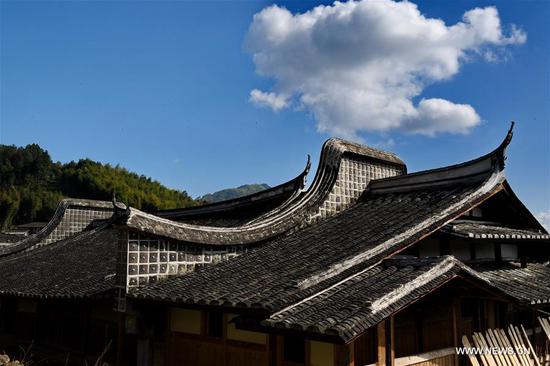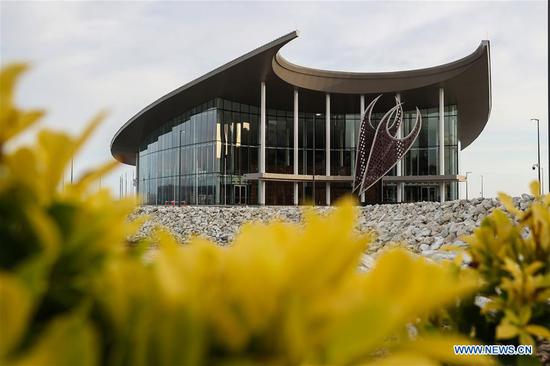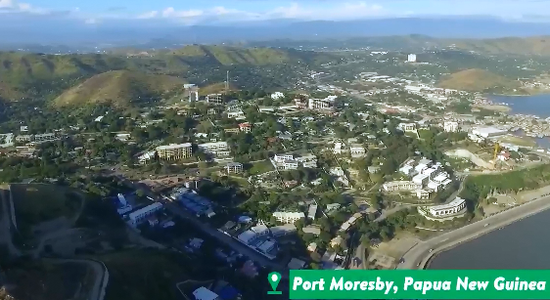China's environmental protection chief carried out surprise inspections in an emergency response as the greater Beijing area was enveloped by a heavy haze combined with dense fog.
Li Ganjie, minister of ecology and environment, visited Baoding, Hebei province, on Tuesday night and checked at least two enterprises, including a cement factory, until almost midnight.
Under an emergency response system for heavy air pollution, enterprises are subject to compulsory responses that may include restriction or suspension of production for smokestack industries, depending on the alert level.
Li said air pollution control work "faces a grim situation" at present, given the unfavorable conditions for air pollutant dispersal.
Warning of the increase of pollutants as burning fuel for heating starts in northern China, Li asked inspection officers to bear hardships and fatigue to ensure fully implemented emergency responses, according to his ministry's release.
"All environmental law enforcement officers should stay at their posts and carry out inspections around the clock to root out any neglected zones for supervision," he said.
Li made the surprise visits as the Beijing-Tianjin-Hebei city cluster was engulfed by heavy smog that triggered a yellow alert in Beijing and Tianjin, the first one this season in the two municipalities, and an orange alert in Hebei province.
Under a four-tier warning system, the blue alert is the least severe, followed by yellow, orange and red, though there is no blue alert in the capital.
The smog started to accumulate in the Beijing-Tianjin-Hebei cluster on Monday due to high humidity, calm winds and a temperature inversion, which impedes normal circulation of the air. The pollution is expected to clear on Friday thanks to the arrival of cold air.
Liu Fang, who works for an engineering company in Beijing's Xicheng district, said she felt that air quality this season has been better than the last one. The improvement, however, is far below her expectations.
The National Meteorological Center renewed its yellow alert for fog on Wednesday as dense fog enveloped the cluster, reducing visibility to less than 50 meters in some areas.
The weak winds from the south not only transport pollutants but also carry a large amount of moisture from the ocean to the cluster, resulting in fog, said Zhang Xiaoye, a researcher with the Chinese Academy of Meteorological Sciences.
Zhang Bihui, a senior meteorologist with the China Meteorological Administration, said that after absorbing moisture, particles in the haze grow into droplets, which reduces the penetration of sunlight and reduces visibility.
Wang Zifa, a researcher with Institute of Atmospheric Physics, Chinese Academy of Sciences, said the high humidity makes gaseous pollutants prone to help create more particulate matter, worsening the pollution.










